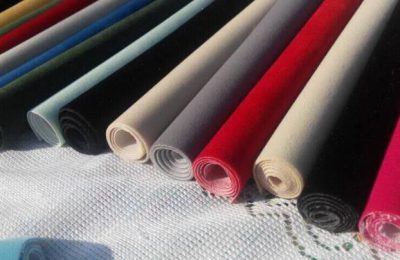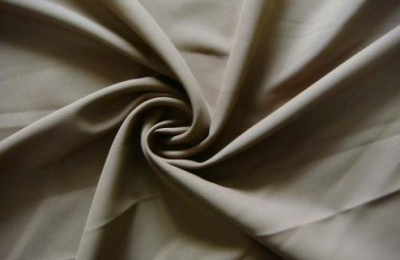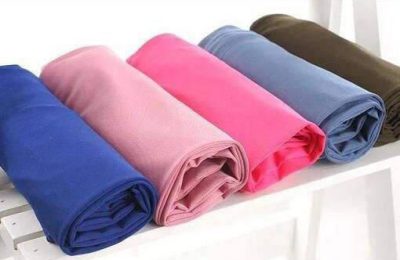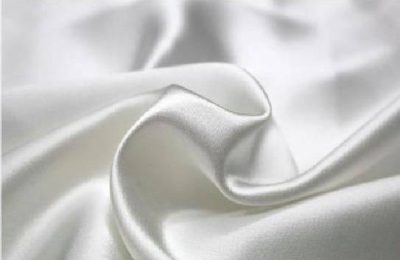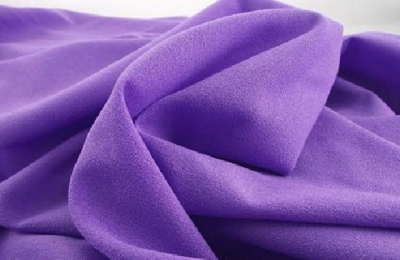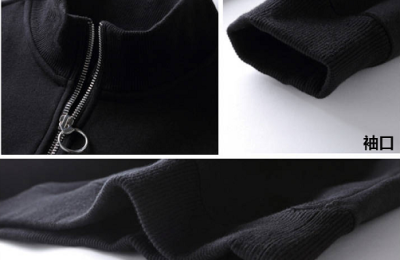Melt-blown non-woven technology has been introduced into our country in less than a few decades.
my country has introduced melt-blown production lines since the 1990s, and the domestic market has opened up from here.
In recent years, with the emergence of melt-blown non-woven composite filter materials, it has more advantages in the market.
Melt-blown fabric uses polypropylene as the main raw material, and the fiber diameter can reach 1 to 5 microns. These ultra-fine fibers with unique capillary structure increase the number and surface area of fibers per unit area, thus making the melt-blown non-woven fabric composite filter The material has good filtering, shielding, thermal insulation and oil absorption properties, and can be used in fields such as air and liquid filter materials, isolation materials, absorption materials, mask materials, thermal insulation materials and wipers.
In the melt-blown process, by making some appropriate changes, the physical and mechanical properties of the finished product can be greatly changed, and new products can be developed. This can also be used as an advantage of the melt-blown nonwoven process being flexible.
Introduce airflow containing short fibers or wood pulp fibers into the hot airflow to make the melt-blown cloth have better elasticity, adsorption, strength, etc.; blow super-absorbent polymer powder or activated carbon particles into the hot airflow , improve the adsorption or filtration efficiency of melt-blown cloth.
It is a high-tech enterprise specializing in the research and development, production and sales of polytetrafluoroethylene microporous membranes. The melt-blown non-woven composite filter materials we produce have strong hydrophobicity, chemical resistance and waterproof properties. And low wind resistance, etc., and can achieve high dust removal efficiency. For some extremely fine particles with a diameter of 0.1um-0.3um, the filtration level can reach H13-U16.
</p



